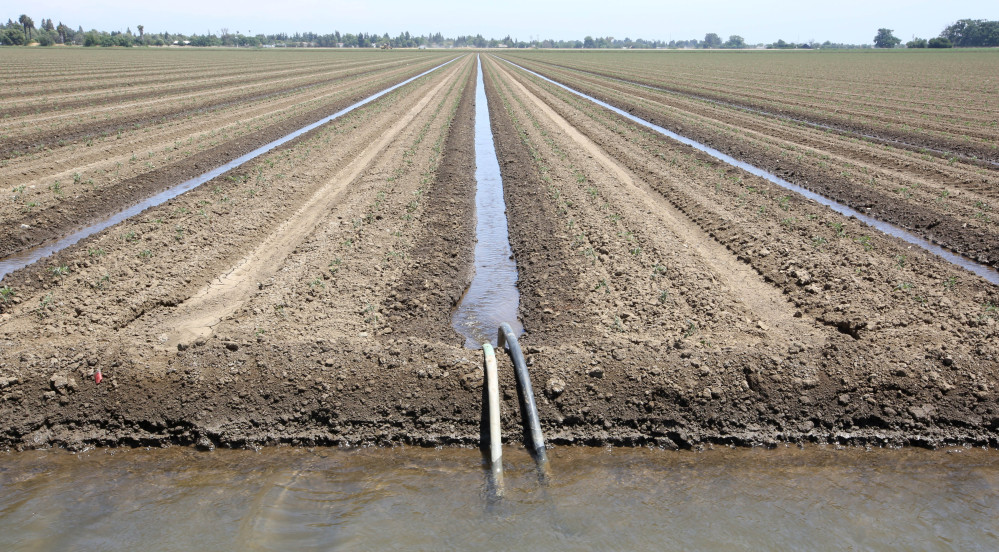WASHINGTON — Drought-stricken California is not the only place draining underground aquifers in the hunt for fresh water.
It’s happening across the world, according to two new studies by U.S. researchers released Tuesday.
Twenty-one of the world’s 37 largest aquifers – in locations from India and China to the United States and France – have passed their sustainability tipping points, meaning more water is being removed than replaced from these vital underground reservoirs. Thirteen of 37 aquifers fell at rates that put them into the most troubled category.
“The situation is quite critical,” said Jay Famiglietti, senior water scientist at NASA’s Jet Propulsion Laboratory and the studies’ principal investigator.
And it’s difficult to see it getting better soon. These groundwater reserves take thousands of years to accumulate and only slowly recharge with water from snowmelt and rains. Now, as drilling for water has taken off across the globe, the hidden water reservoirs are being stressed. Underground aquifers supply 35 percent of the water used by humans worldwide. Demand is even greater in times of drought. Rain-starved California is currently tapping aquifers for 60 percent of its water use, up from the usual 40 percent.
In another finding from the studies led by the University of California Irvine, scientists say that some of these aquifers may be much smaller than previously thought. Only a few of the aquifers have been mapped in detail and most estimates of aquifer water reserves have “uncertainty ranges across orders of magnitude,” according to the studies.
The new studies used NASA’s GRACE satellites to take unprecedentedly precise measurements of the groundwater reservoirs hidden beneath the ground. The satellites detected subtle changes in the gravitational pull of the earth’s surface. Water is exceptionally heavy and exerts a greater pull on orbiting spacecraft. As the satellites flew overhead, slight changes in aquifer water levels were charted over a decade, from 2003 to 2013.
“The water table is dropping all over the world,” Famiglietti said. “There’s not an infinite supply of water.”
In Australia, the Canning Basin in the country’s western end had the third-highest rate of depletion in the world. But the Great Artesian Basin to the east was among the healthiest.
The difference, the studies found, is likely attributable to heavy mining near the Canning Basin. Mining is a water-intensive activity.
In the United States, California’s Central Valley Aquifer was in the most trouble. It is being drained to irrigate farm fields. California only last year passed its first extensive groundwater regulations, allowing for local control over groundwater. But the new law could take two decades to take effect.
Also running a negative balance was the Atlantic and Gulf Coastal Plains Aquifer, which stretches across the Gulf Coast and Florida. But three other aquifers in the middle of the country appeared to be in relatively good shape.
Send questions/comments to the editors.



Success. Please wait for the page to reload. If the page does not reload within 5 seconds, please refresh the page.
Enter your email and password to access comments.
Hi, to comment on stories you must . This profile is in addition to your subscription and website login.
Already have a commenting profile? .
Invalid username/password.
Please check your email to confirm and complete your registration.
Only subscribers are eligible to post comments. Please subscribe or login first for digital access. Here’s why.
Use the form below to reset your password. When you've submitted your account email, we will send an email with a reset code.